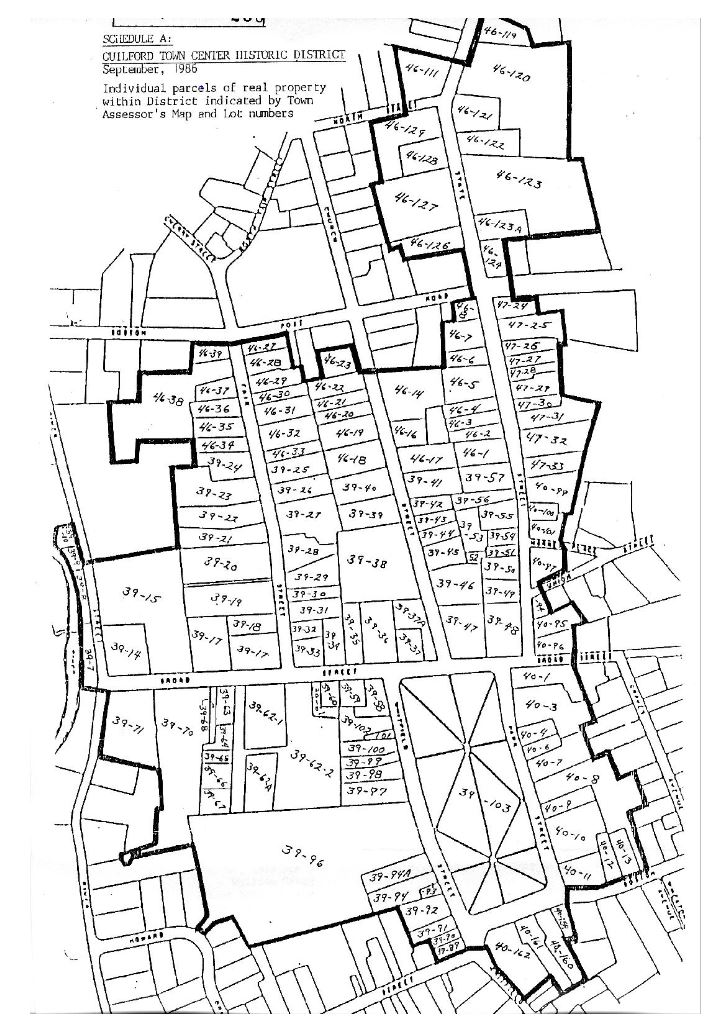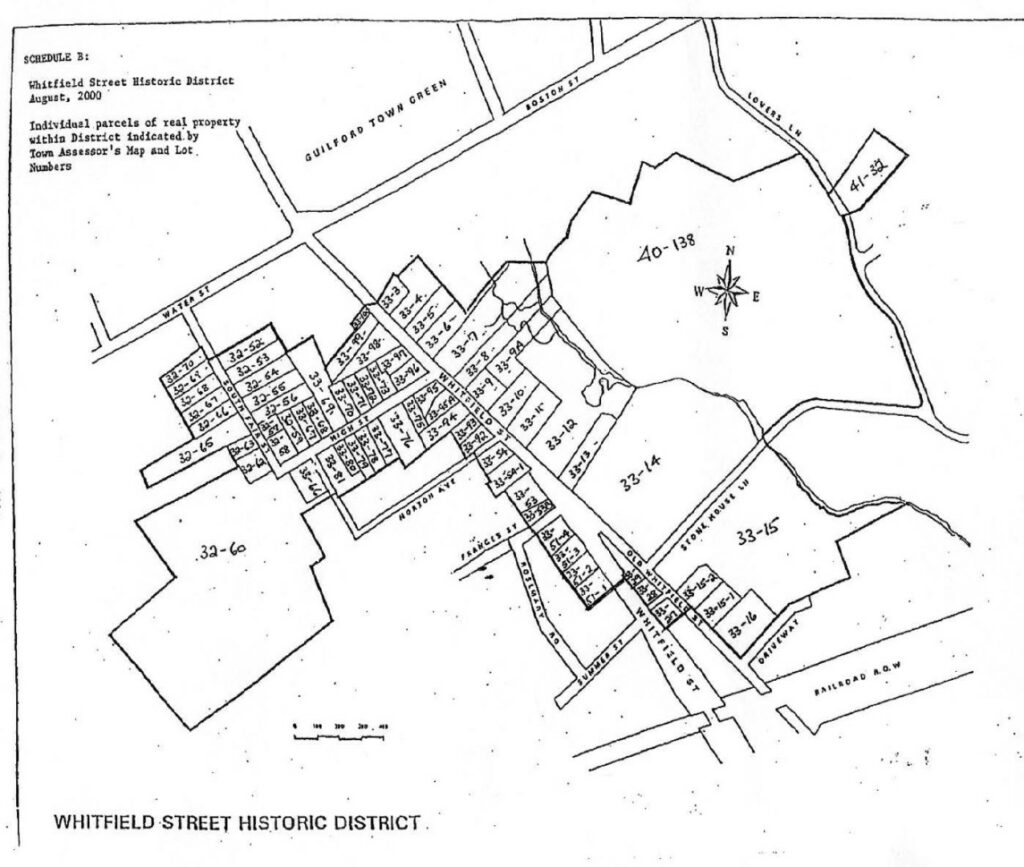Guilford’s historic structures are a significant part of the town’s cultural, social, and economic character, and make an important contribution to the town’s prosperity.
If you own an older home in Guilford, historical information and resources may be available to benefit you and your property.
Your investment in the care, maintenance, and protection of your piece of the past embodies the forward-thinking values of preserving the past for the benefit of those in the future.
Valuable resources may be available when preserving these historic homes.
Owners modifying these properties are encouraged to seek alternative options that will preserve, rehabilitate, or restore such buildings.
Contacts:
Guilford Preservation Alliance
Town of Guilford Building Department and Contact Information (select Building Department prior to submitting inquiry)
Keywords: Preservation, Rehabilitation, Restoration, and Reconstruction
Tax Credit and Grant Link: Historic Preservation Funding Opportunities
Guilford Town Resources:
Town of Guilford property record cards (includes historical and non-historical properties)
Building Codes:
Modifications to historic properties, located both inside and outside of historical districts, may have restrictions in order to protect these older homes.
On August 1, 2005, the Board of Selectmen adopted a Delay of Demolition Ordinance (ecode360.com/8827854) protecting properties identified as “historically significant.” A 90-day delay of demolition may be imposed for demolition of any building structure (including the dismantling of the original documented structure) or part thereof exceeding 500 square feet in area. 680 historically significant Guilford buildings are included in this inventory.
Some of these homes are located within local and national historic districts (designated areas containing a group of properties with historical and architectural significance).
List of “historically significant” properties in Guilford (inside and outside of historic districts)
On December 21, 1987, the Board of Selectmen adopted historic districts protecting properties in these areas.
Historic District: Guilford Historic District Commission Website, Map, Ordinance, Properties, Tax Credit Opportunities, and Contacts.
Guilford’s Historic Heritage: Guilford’s outstanding cultural and architectural heritage includes one of the best preserved, intact central villages in New England and over 450 historical houses from the 17th through 19th centuries; a National Historic Landmark, four areas and ten individual structures, and two local Historic Districts containing 226 buildings in the downtown area.
Town Designated Local Historic Districts: One of the most powerful tools for protecting historic buildings and areas and for preserving community character is to create local historic districts in accordance with Connecticut statutes and standards set by the Connecticut Historical Commission. Unlike National Register listings, local Historic Districts provide concrete protections. Guilford’s established historic districts (encompassing parts of the village center and parts of the Whitfield Street neighborhood below the Green) within which any changes to the exterior appearance visable from a street or other public right-of-way require approval by the Guilford Historic District Commission (HDC) (ordinance). Also, the HDC, upon request by the Planning and Zoning Commission, may evaluate Special Permit or site plan application for property within or abutting National Register Districts. Such recommendations are advisory and not binding.
Local Historic Districts Maps (Guilford, CT):
Town Center Historic District


National Register of Historic Places (Guilford, CT):
Owners of historic properties listed in the National Register of Historic Places may be eligible for federal and state grants for preservation activities and tax incentives. These sites (select individual buildings and four large districts, including the Village Center, Clapboard Hill, sections on/off Leete’s Island Road, & Meeting House Hill in North Guilford) enjoy an honorary status, recognized as cultural resources worthy of preservation. List of properties in Guilford and how to get your property listed.
The National Register of Historic Places: The NRHP is an inventory of cultural resources designated by the U.S. Secretary of the Interior as worthy of preservation. Registration provides protection from unreasonable destruction and requires review of state or federally funded licensed, or sponsored projects that might affect registered properties. It does not restrict the rights of private property owners to impair, alter, or even demolish significant features of the resource, nor does it curtail use, development, or sale of privately held historic property.
The Secretary of Interior’s Standards for the Treatment of Historic Properties (guidelines relating to preservation, rehabilitation, restoration, and reconstruction). A building, site, district, structure, or object that is designated by the United States Secretary of the Interior as a National Historic Landmark has been judged to possess exceptional value and quality in illustrating and interpreting our nation’s history. Historic Preservation Tax Incentives program.
Other Resources:
Realtor Links:
Developer Links:
Other:
New England Architecture: Guide to House Styles in New England
Your investment in the care, maintenance, and protection of your piece of the past embodies the forward-thinking values of preserving the past for the benefit of those in the future. Explore Preservation Connecticut’s programs and resources that can help you with stewarding your historic home.
Questions can be directed to the Zoning Enforcement Officer (ZEO) at Town Hall South and by contacting the Guilford Preservation Alliance (GPA)



